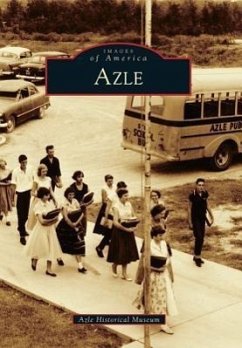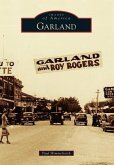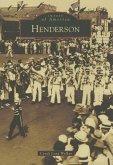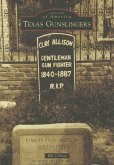Early Azle settlers began arriving in the mid-1850s and settled near Ash Creek. Azle had several names before settling down to one. An early name was Mooresville after the town's general store owner, Mr. Moore, who supplied the farmers of the community. Following several other name changes, citizens decided upon "Azle" in 1883 after Dr. James Azle Steward, who donated land for the townsite. The town remained small until the building of Eagle Mountain Lake in the 1930s spurred its growth. Further development occurred when World War II brought more people to the area. After nearly a century, the little community officially incorporated in 1957. Images of America: Azle tells the story of numerous pioneer families and their schools, churches, and early businesses. Today, Azle is a close-knit community with various social and civic organizations, as well as parades and jamborees.
Hinweis: Dieser Artikel kann nur an eine deutsche Lieferadresse ausgeliefert werden.
Hinweis: Dieser Artikel kann nur an eine deutsche Lieferadresse ausgeliefert werden.








